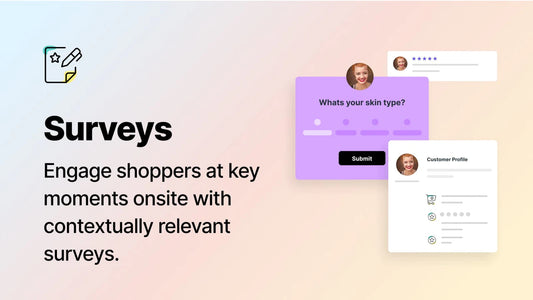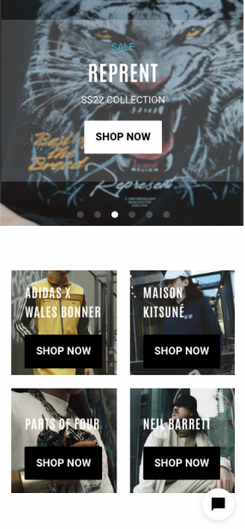Every business has a target audience that dictates and guides its marketing efforts, promotional activities, product offerings, etc. A niche audience, if your company has one, can help direct these in a more targeted manner, so that your resources are optimally deployed for maximum ROI.
But what is a niche audience, and how do you target it? Blend Commerce answers these questions and more so that you’re well equipped to utilise your niche audience if your business has one.
Target audience meaning
First things first, it’s important to understand what a target audience is, in order to more fully understand what would constitute a niche audience. A target audience, in short, is a particular group at which a business’s products or services are aimed at. They are the intended audience for which you can cater for specifically.
A target audience is crucial, as no business can cater for anyone and everyone. For example, if your eCommerce store sells high-quality cashmere sweaters, your resources would be completely wasted on low-income individuals who are looking for poly-blend, affordable jerseys. Instead, you need to target people who would be willing and able to buy your product.
Establishing a target market, based on the existing customer data that you’ve procured, as well as your research, is the first step in creating an effective marketing strategy.
What is a niche audience?
Now that we know what a target audience is, and why it’s important, let’s look at the meaning of niche audience.
A niche audience is a more focused subgroup of a company’s main target audience. This audience has specific needs, which can be met by a targeted product or service. This can be location specific, or product and service specific.
What are the benefits of a niche audience?
There are a number of excellent advantages to a niche audience. The top three benefits include:
- Niche audiences save you money: Since you can target a smaller group, you will save on marketing costs. In addition to this, you are more likely to have repeat customers, and build a strong relationship with them.
- Niche audiences have less competition: Since your offering is specific, it is less likely that you will have tons of competitors. After all, if you are selling hemp-based running shoes in Bristol, you will have a lot less niche competition than if you simply marketed them as running shoes sold in the UK.
-
You have more freedom with pricing: Since your service or product is in demand in that niche and there are fewer competitors, you will have a little more freedom in demanding the price you want.
Does my business have a niche audience?
Not all businesses have a niche audience, as many companies have what might be considered “generic” or more commonly found products and services. When considering whether or not your business has one, think about your competition.
If your competitors all have similar products to your own, you may not have a niche. If, however, you find that your products are unique, or you are one of the few businesses that offer a service in a certain area, you are likely to be able to target that niche audience.
How to target a niche audience
Once you have determined if your business has a niche audience and what it is, you can target that specific market. Here is how:
- Produce relevant content: You should now know what kind of content your niche audience wants to see, so start producing it. You can create specific content that will attract the right people and grow your follower base, which will lead to more conversions.
- Utilise niche brand ambassadors: Brand ambassador marketing is a fascinating field, and can be very useful in helping you to reach your audience. Since influencers already have a large following, finding one that has a following of your target audience can yield excellent results.
- Interact with your audience: Niche audience members often value their peers and their small group size, as well as the brands that supply their specific needs. Make use of these interests by interacting with your niche audience on social media and other platforms.
- Add niche tags to your posts: If your niche audience is location specific, be sure to add that location to your blog and social media posts. Similarly, you can use niche hashtags to reach more relevant people.







